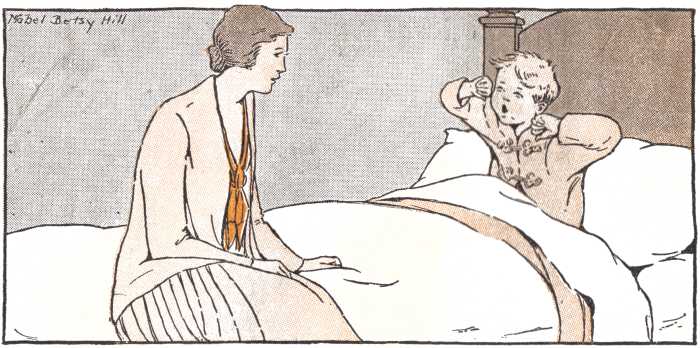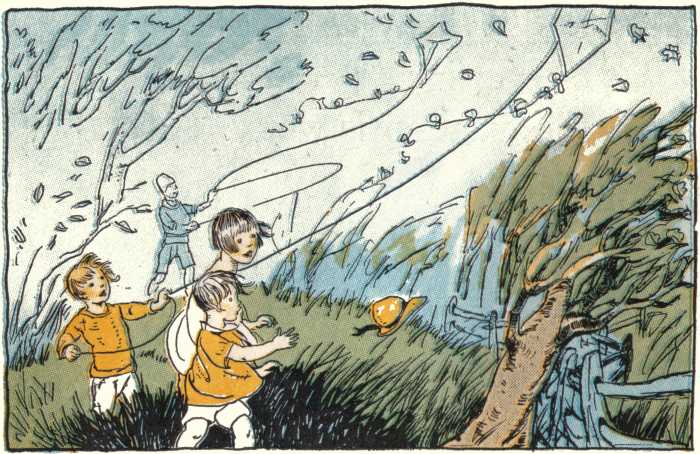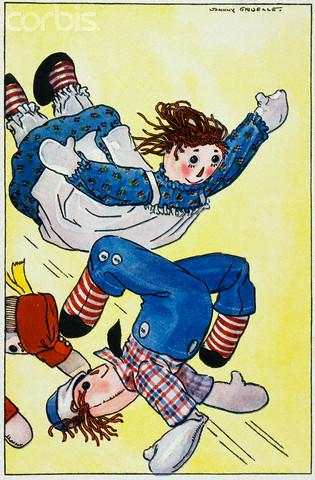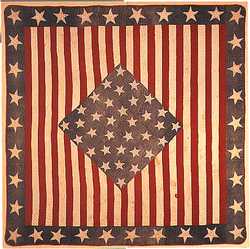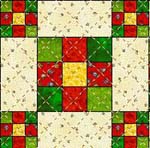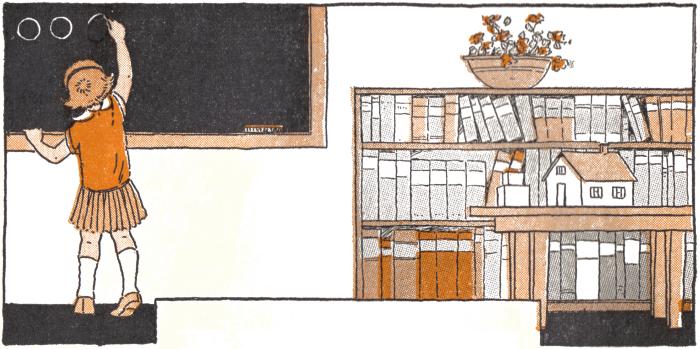The article I wrote for City Journal Thursday on the legal fate of pre-1985 children’s books has been drawing all sorts of attention, and all I can acknowledge are a few of the highlights. Education expert Jay Greene and Darleen Click at Protein Wisdom are among those put in mind of Ray Bradbury’s novel Fahrenheit 451. “Of all the risks facing American children, old books must rank very, very low,” writes leading education blogger Joanne Jacobs. Will Benton: “Every time I learn something new about the CPSIA, I get more enraged.” Illinois blogger T. Varner notices an ad for a local thrift store saying it would no longer accept donations of a “very long list” of items including “children’s books published before 1985”; only later does it click. Hector Owen: “This is what happens when Congress passes these bloated bills that nobody reads, and the President signs them, and then we start to find out what was in there. Oh dear, what did they just do last week?” JDub at Ace of Spades: “Overlawyered has pretty much flooded the zone on this — I don’t want to simply link all of the things he’s got, so give him a look. … Go. Read. Be angry.” And Mark Bennett, of criminal law blog Defending People, gives it a mention in the course of hosting Blawg Review no. 199.
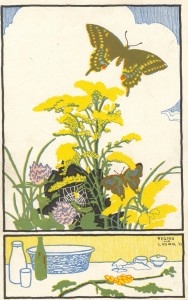
If you have time to read only one post from the weekend on the topic of CPSIA and books, however, make it Common Room‘s. She discusses, among other topics, the narrowness of the “collectibles for adult use” exception, the extra-vulnerable status of vintage kids’ nature and science books, which go out of print quickly and are seldom reprinted, and the fate of ex-library versions, beloved by book buyers on budgets. She also confesses to a temptation to slice the gorgeous illustrations out of certain books, a practice likely to be encouraged by CPSIA, if only because 1) the illustrations often have monetary value and might benefit from the defense that on their own they are not a product intended for children’s use; 2) the mutilated book that remains will be a less risky thing to donate, circulate or sell, since it is the color illustrations that are thought to pose the prime risk of containing infinitesimal lead exposures.* (More: as part of another good roundup, she calls our attention to this excellent Valerie Jacobsen post on why “marketing vintage children’s books as ‘adult collectibles’ will work for some children’s books, but only for a few.”)
Sierra Highlands, who like Common Room includes some beguiling illustrations, writes:
….so long as Google Books and Gutenberg are out there, the old books won’t be gone completely, but it hurts to hear of the beautiful old editions going out with tomorrow’s trash. It really, really hurts. There’s something about the physical presence of an old book that links us to our ancestors and to a world where books were loved enough to be put into beautiful editions. When I pick up an old book, often shabby on the surface but well handled, well made, well-loved, quiet but rich in form and content, I feel connected to the Permanent Things in body as well as spirit.
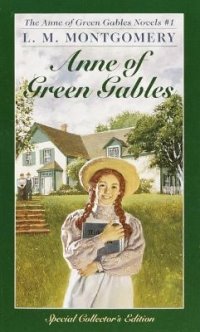
The BookShopBlog owner’s removal of six boxes of older children’s books from her shelves, mentioned here, also started an Etsy thread. Another poster at the same location had an idea for a national read-in day of protest for vintage books on the last day of National Library Week, Apr. 18.
Also, I was linked by a resource page on Anne of Green Gables and her creator, L.M. Montgomery, which made my week all by itself. I’ve started a special tag for CPSIA and books, distinct from the general CPSIA tag.
*Just to clarify the legalities once more: CPSIA does not make it unlawful to own pre-1985 kids’ books, nor does it ban the sale of such books when, as is true for many millions of them, they contain no lead in their pigments. But resellers cannot be sure which do and which don’t, and the law exposes them to liability should they stock a book with lead even if the misstep was in good faith and even if (of course) no child is hurt. The CPSC’s guidance provides a conspicuous safe harbor for the sale of books printed after 1985.

